Safinamide mesylate
Synonym(s):(S)-(+)-2-[[4-(3-Fluorobenzoxy)benzyl]amino]propanamide; (S)-2-[[4-[(3-Fluorobenzyl)oxy]benzyl]amino]propanamide; FCE-26743; PNU-151774E, NW-1015;
- CAS NO.:202825-46-5
- Empirical Formula: C17H19FN2O2.CH4O3S
- Molecular Weight: 398.4490232
- MDL number: MFCD15145475
- SAFETY DATA SHEET (SDS)
- Update Date: 2025-02-23 21:28:46

What is Safinamide mesylate?
Description
Safinamide methanesulfonate was approved in February 2015 by the EMA for the treatment of mid- to late-stage fluctuating Parkinson’s disease. This approval included use of the drug as an add-on therapy for use with levodopa, either alone or in combination with other existing therapies for Parkinson’s disease.51 Safinamide methanesulfonate, an oral α-aminoamide originally discovered by Farmitalia Carlo Erba and later developed by Newron/Zambon, functions as a highly selective and reversible inhibitor of MAO-B, leading to increased levels of dopamine and subsequent improvement in the motor symptoms of Parkinson’s disease, side effects that often result from use of other traditional treatments relying on dopamine replacement therapy.
The Uses of Safinamide mesylate
Safinamide mesylate salt has been used as a reference drug to study its inhibitory effect on human monoamine oxidases (hMAO-A and hMAO-B).
What are the applications of Application
Safinamide mesylate is a potent and selective MAO-B inhibitor
Biochem/physiol Actions
Safinamide is a highly selective and reversible monoamine oxidase type B (MAO-B) inhibitor that increases neostriatal dopamine concentration. In addition, safinamide is voltage-dependent sodium and calcium channel blocker. It appears to bind to the batrachotoxin-sensitive site 2 of the voltage-sensitive sodium channels. Safinamide blocks N and L-type calcium channels and inhibits glutamate and aspartate release from synaptic terminals.
Mechanism of action
Safinamide employs several mechanisms of action, functioning as both a dopaminergic agent through inhibition of MAO-B as well as a nondopaminergic agent via selective calcium and sodium channel modulation, leading to inhibition of glutamate release. At least one of several clinical studies of patients with mid- to late-stage Parkinson’s disease showed increased daily ON time (periods of symptom control) without accompanying motor complications (dyskinesias) upon treatment with safinamide, while studies of early stage Parkinson’s disease patients treated with this drug showed significantly improved motor symptoms during the 18-month study. Additionally, safinamide is chemically and metabolically stable, is well tolerated in patients, and has not exhibited serious adverse effects even upon treatment at higher dosage ranges.
Pharmacology
Safinamide mesylate is a selective monoamine oxidase B inhibitor, reducing degradation of dopamine; in contrast to the other two, its action is reversible. Safinamide mesylate also inhibits glutamate release and dopamine and serotonin reuptake. It binds to the sigma receptors as well, with IC50 values for binding inhibition of 19 nM for σ1 and 1,590 nM for σ2. Additionally, it blocks sodium and calcium channels, the relevance of which for its antiparkinson action is however unknown.
Side Effects
Common adverse events in clinical trials (in more than 1% of people) included nausea, dizziness, tiredness, sleeplessness, or thostatic hypotension (low blood pressure) and headache. There was no significant difference in the occurrence of these effects between safinamide and placebo.
Synthesis
While the reported discovery-scale synthetic approaches to safinamide methanesulfonate were similar to the process-scale approach, the identification of optimized and improved reaction conditions were essential for isolation of the target in high purity and without the presence of highly toxic byproducts. For example, initial attempts to prepare aryl benzyl ether 80 from benzyl chloride (78) and phenol (79) employed conditions which led to the desired Oalkyl product 80 in addition to the undesired C3-aryl alkylation product, necessitating laborious and inefficient final-stage purifications. Alternatively, employing phase transfer catalysis conditions, specifically the use of tetradecyl trimethylammonium bromide with K2CO3 in refluxing toluene, have become the conditions of choice, enabling high selectivity of O-alkylation product 80 in 85% yield and 99.9% purity with minimal amounts of impurities arising from competitive C- and O-alkylation arising after recrystallization from diisopropyl ether. From 80, a one-pot reductive alkylation with L-alaninamide hydrochloride 81 was effected under standard reductive amination conditions (NaBH3CN/ MeOH). However, poor yields were observed as well as formation of undesired byproducts. Interestingly, while not a generally accepted method, an alternate one-pot route for synthesis of 82 could be realized using heterogeneous reduction conditions. Toward this end, condensation of 81 with the aldehyde 80 was followed by immediate reduction with H2 on wet Pt/C in MeOH, affording safinamide 82 in 92% yield (98.4% purity). Treatment of 82 with charcoal filtration followed by salt formation with methanesulfonic acid provided safinamide methanesulfonate (XI) in 97% yield. In this improved synthesis, all reactions could be performed on multikg scale, yielding the final drug target in >99.9% purity and containing <0.005% of the undesired C,O-bis-alkylated derivative.
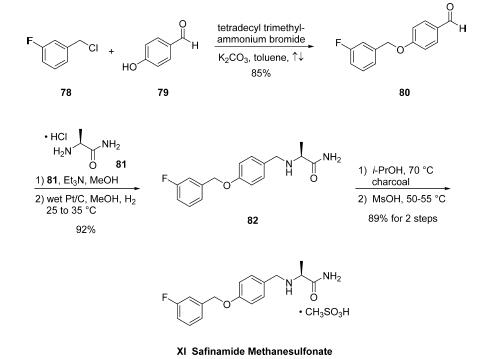
Properties of Safinamide mesylate
| Melting point: | 210° (dec) |
| alpha | D25 +12.9° (c = 1.1% in 98% acetic acid) |
| storage temp. | 2-8°C |
| solubility | H2O: ≥15mg/mL |
| form | powder |
| color | white to tan |
| optical activity | [α]/D +9.5 to +14°, c = 1 (95% acetic acid) |
Safety information for Safinamide mesylate
| Signal word | Warning |
| Pictogram(s) |
 Exclamation Mark Irritant GHS07  Health Hazard GHS08 |
| GHS Hazard Statements |
H302:Acute toxicity,oral H319:Serious eye damage/eye irritation |
| Precautionary Statement Codes |
P202:Do not handle until all safety precautions have been read and understood. P264:Wash hands thoroughly after handling. P264:Wash skin thouroughly after handling. P270:Do not eat, drink or smoke when using this product. P301+P312:IF SWALLOWED: call a POISON CENTER or doctor/physician IF you feel unwell. P305+P351+P338:IF IN EYES: Rinse cautiously with water for several minutes. Remove contact lenses, if present and easy to do. Continuerinsing. P308+P313:IF exposed or concerned: Get medical advice/attention. |
Computed Descriptors for Safinamide mesylate
New Products
3-Iodophenylacetic acid 3-Pyridineacetonitrile, α-hydroxy- 2-Propanamine, 1-chloro-, hydrochloride (9CI) 3-(hexyloxy)-4-(pyridin-3-yl)-1,2,5-thiadiazole 2-Hexyn-1-ol Dibenzo-18-crown-6 Nickel(II) perchlorate hexahydrate, 98% 4-Bromophenylacetonitrile, 95% 3-Bromo-4-fluoroaniline, 97% Sodium tetraborate decahydrate, 98% Palladium(II) acetate, trimer, Pd 99% 4-Bromo-2-chlorotoluene, 97% N N Dimethylformamide Dimethyl Acetal (Dmf Dma) 2,3-Dichloro Benzoyl Cyanide [Side Chain] Bis(2-Chloroethyl) Amine Hydrochloride L-Glutamic Acid Diethyl Ester Hydrochloride 5-(Difluoromethoxy)-2-Mercaptobenzimidazole 1-Ethyl-3-(3-Dimethylaminopropyl)-Carbodiimide Hydrochloride [EDC Hcl] 1,4-Napthoquinone Bromoiodomethane Sodium Bicarbonate Methylene Dichloride (MDC) Ethyl Acetate Indole-3-Carbinol (I3C)Related products of tetrahydrofuran
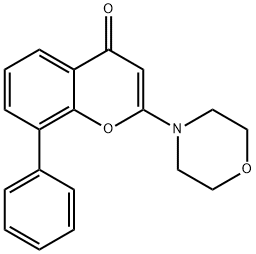
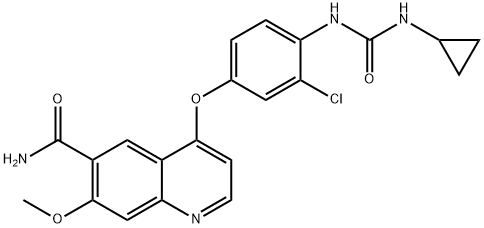

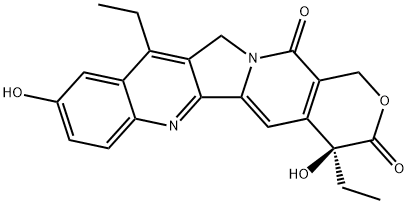
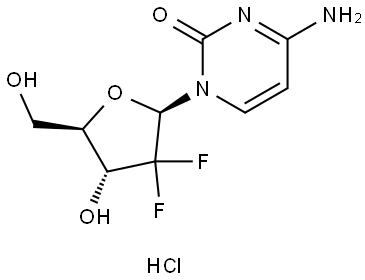
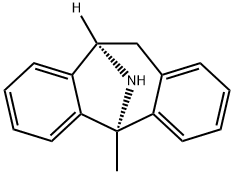
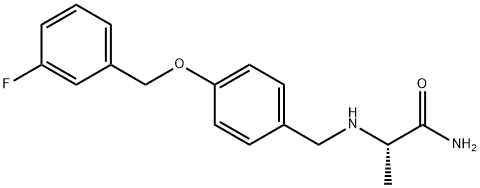
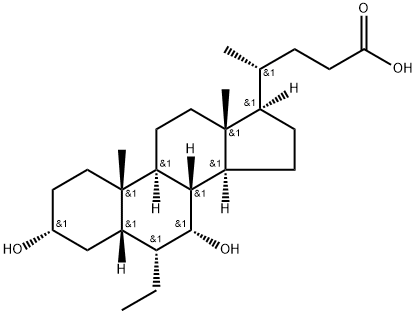
You may like
-
 202825-46-5 Safinamide mesylate 98%View Details
202825-46-5 Safinamide mesylate 98%View Details
202825-46-5 -
 202825-46-5 98%View Details
202825-46-5 98%View Details
202825-46-5 -
 Safinamide mesylate 202825-46-5 98%View Details
Safinamide mesylate 202825-46-5 98%View Details
202825-46-5 -
 202825-46-5 Safinamide mesylate 99%View Details
202825-46-5 Safinamide mesylate 99%View Details
202825-46-5 -
 Safinamide mesylate 98%View Details
Safinamide mesylate 98%View Details
202825-46-5 -
 Safinamide Mesylate CAS 202825-46-5View Details
Safinamide Mesylate CAS 202825-46-5View Details
202825-46-5 -
 Cyclohexane, (2-propynyloxy)- 67967-07-1 98+View Details
Cyclohexane, (2-propynyloxy)- 67967-07-1 98+View Details
67967-07-1 -
 132945-75-6 (S)-1-Boc-3-methanesulfonyloxy-pyrrolidine 98+View Details
132945-75-6 (S)-1-Boc-3-methanesulfonyloxy-pyrrolidine 98+View Details
132945-75-6
